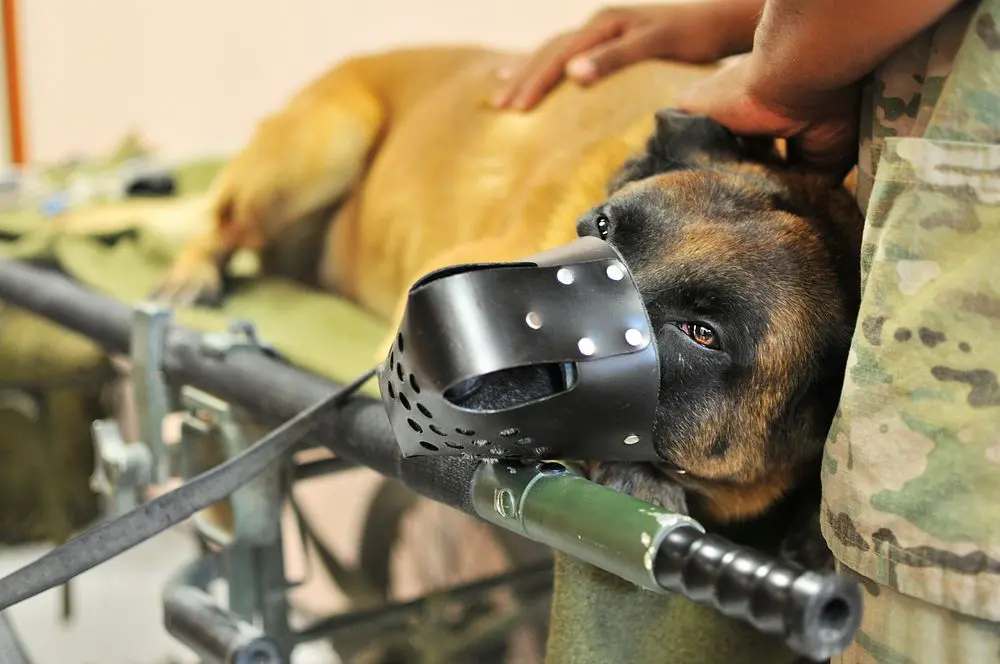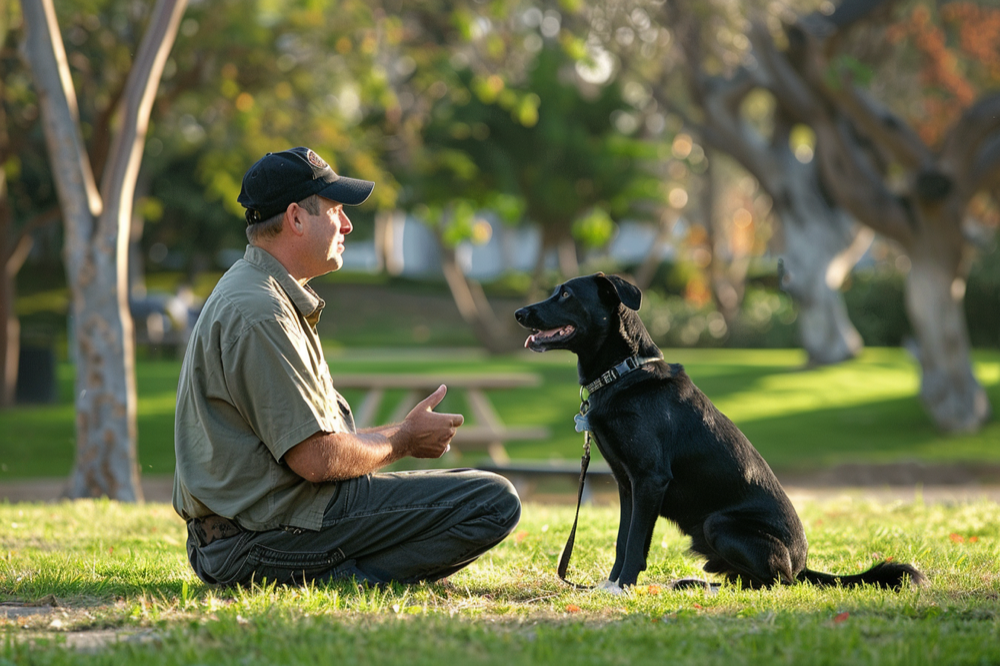Your cart is currently empty!
Articles
-
3 Biofeedback Tools to Help Your Dog Relax and Learn Better
When dealing with a dog that shows signs of aggression or reactivity, relaxation is crucial. A calm dog is more open to learning new behaviors and responding positively to you. One effective way to achieve this is through biofeedback tools, which teach your dog to regulate their responses and emotions. Below, we’ll explore three simple…
-
Sound reactivity, Aggression and paw preference
Updated Jan 27, 2025 Do you know what paw preference your dog has, if any? Some studies suggest (1) that female dogs might be more right-pawed on average, while males tend to be left-pawed, and some studies suggest preference might be flexible depending on the circumstances. (2) However in one study, dogs without a significant paw…
-
What If Your Dog Won’t Tolerate a Muzzle?
If you’ve tried a muzzle or head halter and your dog didn’t like it, you’re not alone. Many dogs find wearing a muzzle uncomfortable at first. They might paw at it, refuse to cooperate, or even act out. This doesn’t mean your dog can’t wear one—it simply means they need time to adjust. With the…
-
Issues and Alternatives to Dog Muzzles for Aggressive Dogs
When dealing with an aggressive dog, using a muzzle can feel like an immediate solution. However, while muzzles can be effective in specific situations, they’re not without drawbacks. This article explores the potential issues with using muzzles and provides alternative methods for managing dog aggression. Problems Associated with Dog Muzzles 1. Muzzles Don’t Prevent Aggression…
-
Can Your Dog’s Tail Wag Reveal Their Emotions? Discover the Science Behind Tail-Wagging.
The Science of Tail Wagging: Emotional Responses and Brain Lateralization in Dogs Understanding animal behavior gives deep insights into their emotions and brain processes. Two important studies show how dogs’ tail-wagging reflects their emotions and influences other dogs. Asymmetric Tail-Wagging Responses to Different Emotive Stimuli (2007) In 2007, Quaranta, Siniscalchi, and Vallortigara examined dogs’ tail-wagging…
-
Understanding Positive Reinforcement: More than Giving Treats
Positive reinforcement is a concept many of us have heard of, especially when it comes to training our furry companions. The basic idea is simple: reward a behavior you want to see more of, and it’s likely to be repeated. However, when it comes to addressing aggression in dogs, the application of positive reinforcement isn’t…
-
Two Essential Aspects Overlooked in Tackling Dog Aggression
In the intricate realm of addressing canine aggression, two fundamental aspects often evade the spotlight, yet serve as the bedrock for effective intervention. While strategies like desensitization and counter-conditioning rightfully garner attention, their efficacy hinges on mastering these foundational elements. Embarking on a journey to understand and address aggression in dogs necessitates a keen appreciation…






